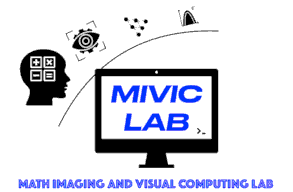| Title | Learning Graph Cut Class Prototypes for Thigh CT Tissue Identification |
| Publication Type | Conference Paper |
| Year of Publication | 2019 |
| Authors | Biswas, T, Makrogiannis, S |
| Editor | Bebis, G, Boyle, R, Parvin, B, Koracin, D, Ushizima, D, Chai, S, Sueda, S, Lin, X, Lu, A, Thalmann, D, Wang, C, Xu, P |
| Conference Name | Advances in Visual Computing |
| Publisher | Springer International Publishing |
| Conference Location | Cham |
| ISBN Number | 978-3-030-33720-9 |
| Abstract | Perceptual grouping remains a challenging topic in the fields of image analysis and computer vision. Image segmentation is often formulated as an optimization problem that may be solved by graph partitioning, or variational approaches. The graph cut method has shown wide applicability in various segmentation and object recognition tasks. It approaches image segmentation as a graph partitioning problem. To find the optimal graph partition, graph cut methods minimize an energy function that consists of data and smoothness terms. An advantage of this method is that it can combine local and global visual information to obtain semantic segmentation of objects in the visual scene. In this work, we introduce unsupervised and supervised learning techniques for generating the class prototypes used by graph cuts. Our hypothesis is that computation of accurate statistical priors improves the accuracy of the graph cut solution. We utilize these techniques for tissue identification in the mid-thigh using CT scans. We evaluate the performance of the compared approaches against reference data. Our results show that inclusion of accurate statistical priors produces better delineation than unsupervised learning of the prototypes. In addition, these methods are suitable for tissue identification as they can model multiple tissue types to perform simultaneous segmentation and identification. |
Learning Graph Cut Class Prototypes for Thigh CT Tissue Identification
Submitted by admin on Fri, 11/01/2019 - 10:11
